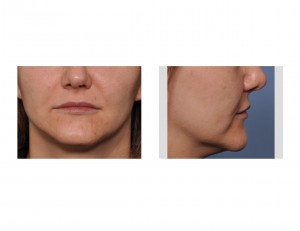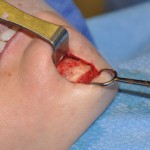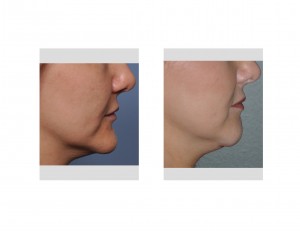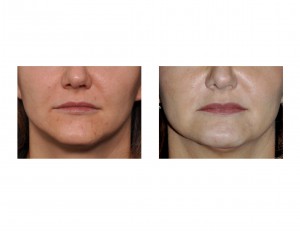Background:The prominent position of the chin makes it have a significant impact on one’s facial appearance. While most chin surgery involves implants for a small or horizontally short chin, a larger or more prominent chin is equally disturbing although less common. Because chin reductions are infrequently done, there is less information available on techniques and outcomes for it.
Compared to chin augmentation which is more common in men, chin reduction is more frequently requested in women. Even a slightly too prominent chin is less aesthetically tolerated in women as opposed to men. Long chins, pointy chins, and those that stick out too far are common chin complaints from women. A chin can be too long vertically, too far forward horizontally, have a too wide or too pointy shape, or some combination of several of these features. Diagnosing the exact dimensional problems with the chin is critical is determining the best way to shape it.

In looking at her chin, its shape problems can be identified as largely horizontal (too far forward in profile), slightly long vertically (emphasis on slight), and with a mildly pointy shape. The pointy shape becomes more obvious when she smiles as the soft tissues around the mouth and face are pulled backwards against the hard outline of the chin bone.



She was very pleased with her outcome and felt it made a very noticeable change in her chin appearance. She no longer felt that her chin was pointy. With her original chin problem (horizontal), the result is most noticeable in profile views.
Case Highlights:
1) Chin reductions is largely a female request with the desire to get rid of a prominent chin that is either too long, strong, or both.
2) Horizontal chin reductions are best done by burring and muscle and skin tightening to avoid soft tissue sag. A submental incision is used which results in a well-placed scar.
3) Reducing a prominent chin has about the same recovery time as a chin augmentation. However, it takes longer to see the final result as small amounts of swelling takes months to completely go away.
Dr. Barry Eppley
Indianapolis, Indiana


